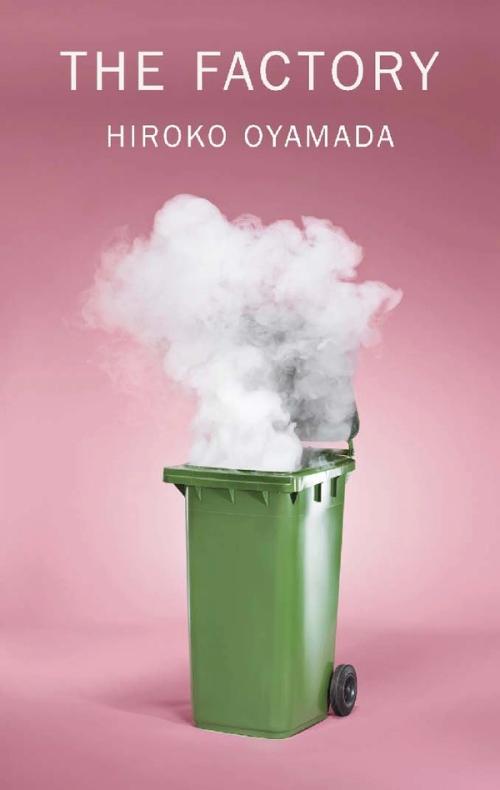The Hole
Fiction by Hiroko Oyamada
Translated by David Boyd
Asa’s husband is transferring jobs, and his new office is located near his family’s home in the countryside. During an exceptionally hot summer, the young married couple move in, and Asa does her best to quickly adjust to their new rural lives, to their remoteness, to the constant presence of her in-laws and the incessant buzz of cicadas. While her husband is consumed with his job, Asa is left to explore her surroundings on her own: she makes trips to the supermarket, halfheartedly looks for work, and tries to find interesting ways of killing time.
One day, while running an errand for her mother-in-law, she comes across a strange creature, follows it to the embankment of a river, and ends up falling into a hole—a hole that seems to have been made specifically for her. This is the first in a series of bizarre experiences that drive Asa deeper into the mysteries of this rural landscape filled with eccentric characters and unidentifiable creatures, leading her to question her role in this world, and eventually, her sanity.
Paperback(published Oct, 06 2020)
- ISBN
- 9780811228879
- Price US
- 12.95
- Trim Size
- 5x8
- Page Count
- 112
Ebook(published Oct, 27 2020)
- ISBN
- 9780811228886
- Page Count
- 112



